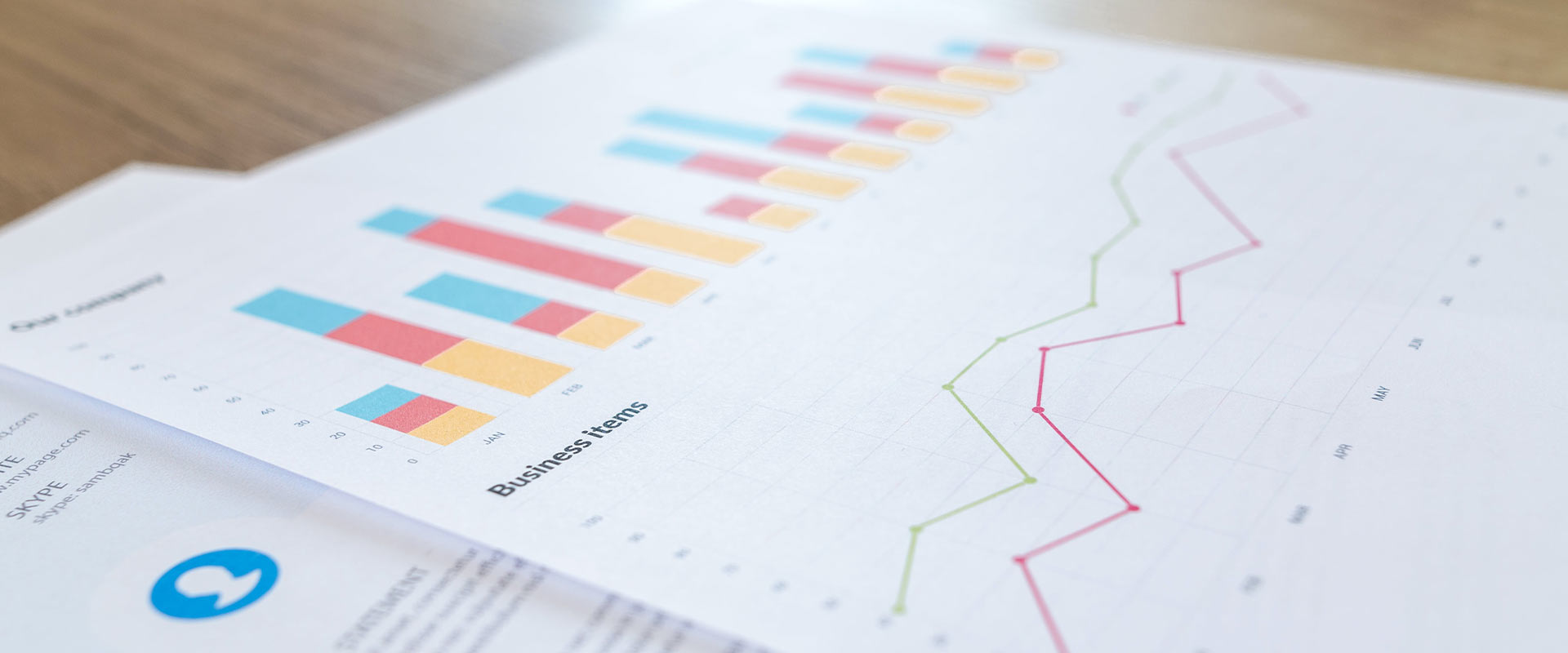Getting started – tracking and tagging
Your strategic plan for measuring and responding to customer sentiment to sustainability is underway. Tracking has been set up to cover any web events and engagement specifically related to sustainability content and you’ve defined the objectives that any new output of messaging is aiming to achieve. Where does this get measured? Does it need to be a custom report in Analytics and confined to showing user web journeys and behaviours, or is it to be available as part of a cross-platform measurement in a wider business intelligence or visualisation tool?
There has been a sea change in the past two years as part of wider digital transformation as to where analytics data is consumed, taken out of a silo of just on-site actions and made available for meshing with other data sources, and accelerated to generate faster, more immediately actionable real-time insights. That does not in any way diminish the role of URL tagging and the tools that support the essential consistency it requires; in fact, the opposite.
As we’ve mentioned, a vital opportunity to capture actionable insight around sustainability motivators relies on a rigorous approach to the hygiene of campaign naming and inbound URL tagging conventions. Proper protocol here would not only align off-site ad delivery information with other data sources such as Analytics, but would also provide detailed data on the nuances of different strands of sustainability messaging and differentiate consumer engagement metrics along these lines.
But what about that brand video with green credentials running in-stream on Facebook? Whilst inbound URL tagging for clicks to site applies, measuring awareness and overall impact on brand sentiment and potential purchase intent further down the line is important. Achieving that learning within context of other customer stages in a cross-channel approach, and being able to then structure the visualisation of that impact across regional or individual development lines, requires excellent consistency in naming conventions when setting up the ad campaign. Ultimately that relies on the briefing stage, but also on working with agencies and partners who are committed to reporting on direct and indirect outcomes and wider performance data in an homogenised manner in a single consolidated view– rather than just being led by the reporting functionality and various idiosyncrasies of individual platforms.
In the same regard, call tracking also benefits from well-structured and consistent URL tagging. It’s often the ‘medium’ parameter in the inbound URL that tells the call tracking platform which channels to assign a user’s visits to on their path to completing a call conversion.
All of the above can be facilitated and simplified with the use of tagging tools for appending utm codes for analytics (and other parameters for tracking platforms where needed) to click-through URLs, or building campaign naming generators, especially important if activity being run is a mix of internal and partner agency output. These are simple to build but extremely effective, and include the storage and automated maintenance of regular selections for various fields – e.g. always having the same consistent name for a development or referencing a particular sustainability-focused activity as the campaign field. Set up is usually a matter of hours but by enforcing homogeneity it can save huge amounts of work at later stages and yield far stronger results.
As with so much in data reporting and “big data” generally, the intersectionality of different data sets represents the real opportunity to uncover and leverage insight, but this opportunity requires a lot of the marketeer in terms of rigour and hygiene and with significant capacity for user error, in some of the most basic facets. Helpfully through the use of very simple tools, we can reduce this capacity, enforce regularity and turn data into insights.





